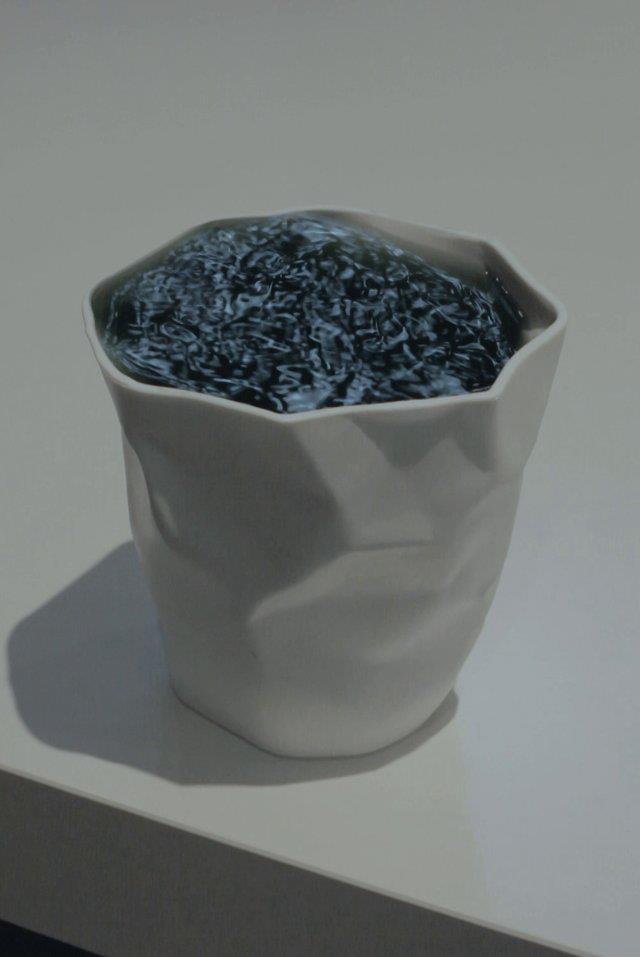
Robert Henke
Phosphor
Focused rays of ultraviolet light paint temporary landscapes on a layer of phosphorous dust on the museum floor. Operating on concepts of erosion and mutation, the installation changes its behaviour and visual appearance during the exhibition period. Each trace of light leaves a mark on a virtual mountain range, like water slowly washing out deep canyons. With a little help from alchemy and quantum physics, matter acquired a memory: translating time into space


